Summary:
– Brake wear: symptoms, causes, and solutions
– Regular overhaul of the braking system
– Brake overhaul price
– Repairing yourself: simple diagnosis but complicated maintenance
Just like shocks or the clutch, brakes are essential parts of the car for your safety. The brakes must be in perfect working order to guarantee you real safety and because the highway code requires it.
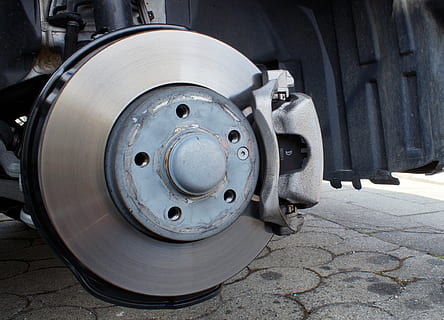
Most vehicles use either disc brakes, usually mounted on the front of the vehicle or drum brakes, usually installed in the rear. But you may also encounter other configurations.
Whether they are disc or drum brakes, they heat up, as they convert the car’s speed into heat. This is how they wear out and may show symptoms, which should lead to a check or replacement at not just any auto garage but a professional auto service centre where they indeed know how to fix things up and make your car road safe again.
Brake Wear: symptoms, causes, and solutions
| Observed symptoms | Possible reasons | What to do? |
|---|---|---|
| The pedal is hard; a high effort is needed to obtain a braking effect. | – Problem with the brake assist (brake servo). – Wear of the linings or pads. – Seized wheel caliper or cylinder in case of a drum brake. – Lining or pads dirty with brake fluid. | – Replacement of the entire brake assist system. – Checking the linings or pads before replacing them if necessary. – Checking the caliper or wheel cylinder and, if necessary, repairing or changing them. – After locating the leak, repairing it and replacing the dirty linings or pads. |
| Front brakes grunt | The front disc brake pad is worn down to the sheet metal. | Replacing discs and plates. |
| The pedal softens gently | – Leakage of hydraulic fluid between the first and second body of the master cylinder (rare). – Presence of air in the hydraulic system (rare). | – Emergency master cylinder replacement after identifying the leak. – Bleed the hydraulic system. |
| Vehicle pulls to one side when braking | – Uneven wear of pads or trim. – Seized wheel caliper or cylinder. – Lining or pads dirty with brake fluid. | – Checking and changing pads or gaskets if necessary. – Check out the caliper or wheel cylinder and repair or replacement if needed. – After locating the leak, repair it and change the dirty pads or linings. |
| Vibrations felt at the pedals | Defective disc or drum. | Check and repair or replace the disc or drum if necessary. |
Regular overhaul of the braking system
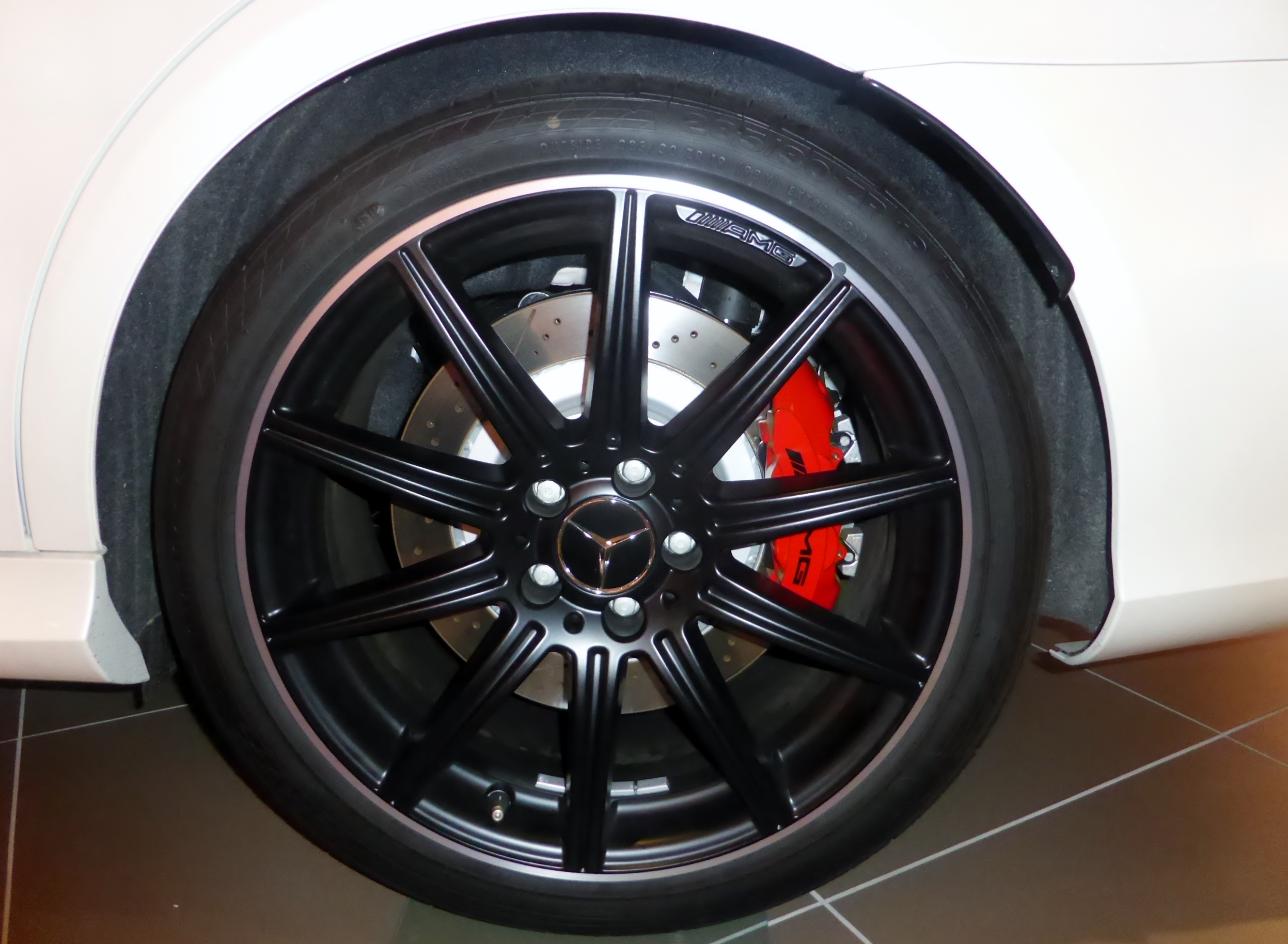
The brake system consists of several components, including discs or pads or drums, and fluid. It is important that you do not miss the brake service and that you read the maintenance booklet, which gives you all the information you need.
Several operations are possible at specific intervals:
| Elements | Action to be taken | Year or mileage |
|---|---|---|
| Brake fluid | Check | 10,000 km |
| Brake discs | Check | 20,000 km |
| Front brake pads | Replace | 30,000 km |
| Rear brake pads | Replace | 30,000 km |
| Drum brake lining | Check | 60,000 km |
| Brake circuit | Drain | 2 years (or 60,000 km) |
Brake overhaul price
The cost of maintaining a car is such that it is advisable to make well-considered comparisons before embarking on expensive overhauls:
– Read the instructions provided by the manufacturer and, in particular, the duration of your guarantee in this matter.
– The price differences between the front and rear disc brakes are a reflection of the price difference between the different components of the braking system.
– For example, you can find at a car centre a price difference of $50 between the front and rear disc brakes. In this case, flat rates can sometimes be advantageous, but you should be careful to pay attention to the details of the operations actually carried out.
– Knowing your independent garage can also help you avoid unjustified expenses.
Repairing it yourself: simple diagnosis but complicated maintenance
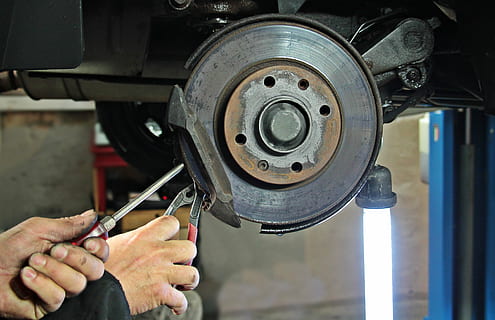
The various symptoms of defective brakes are easy to detect if you pay attention to the behaviour of your vehicle.
However, checking or changing certain parts requires the purchase of specific equipment.
Besides, the manufacturer’s warranty imposes standards that must be applied; otherwise, the warranty will be lost in the event of a problem related to a poor intervention.
It is, therefore, preferable to contact a professional, whether it is a manufacturer, auto centre, or auto repairer.
All in all, after reading this blog, you will have a notion of what brake maintenance is all about: brake wear symptoms, causes, and solutions. So, next time you go to your auto care centre, you will have a better idea of what they are talking about.
This post is incomplete without you sharing your experience with our readers. Remember to write down your comments below.

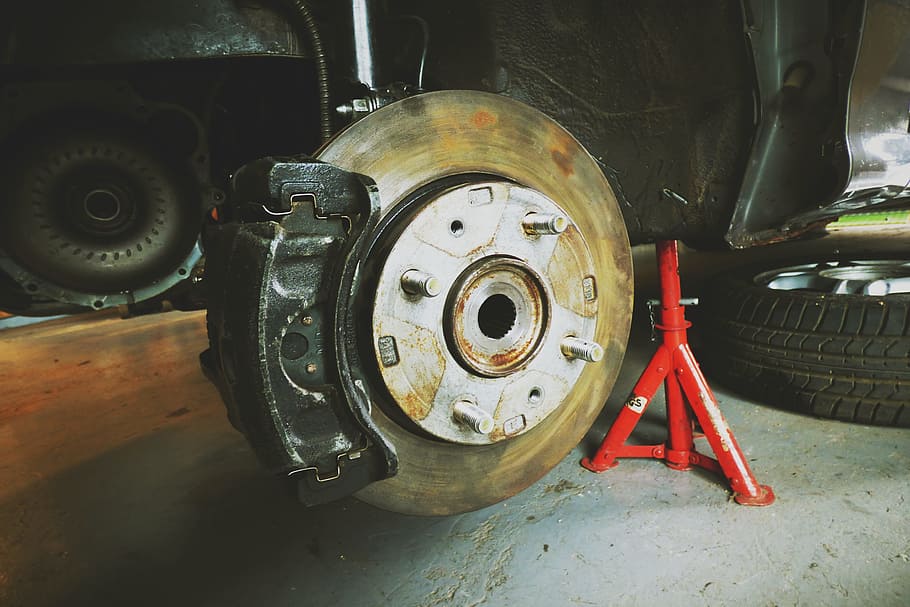
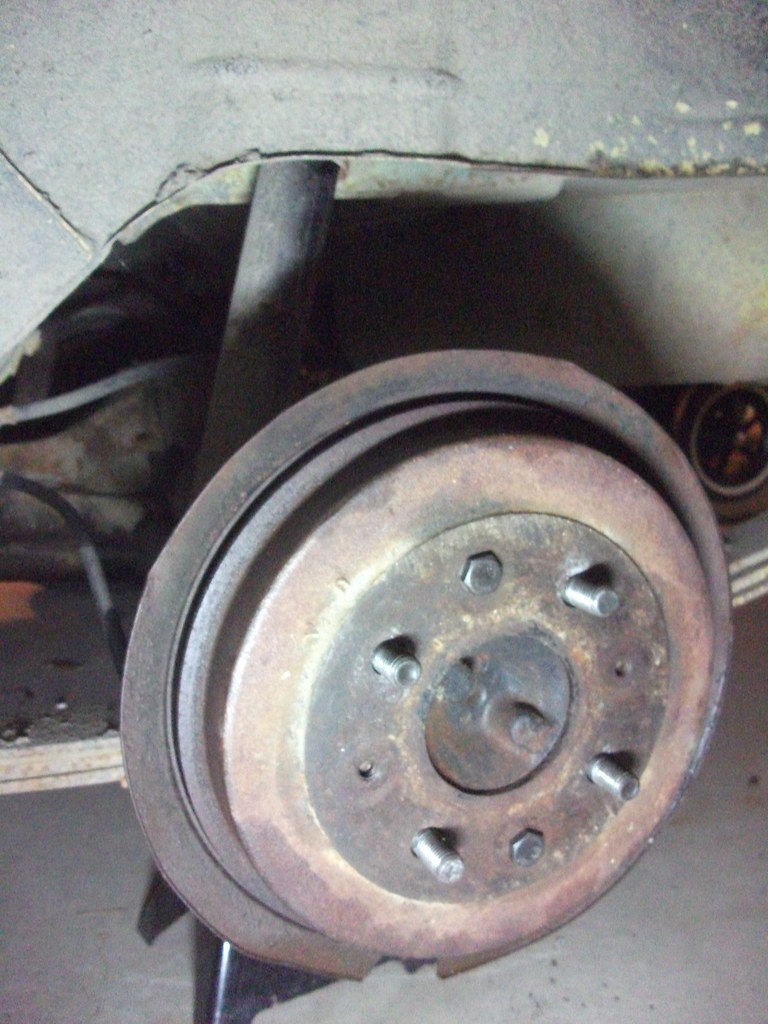
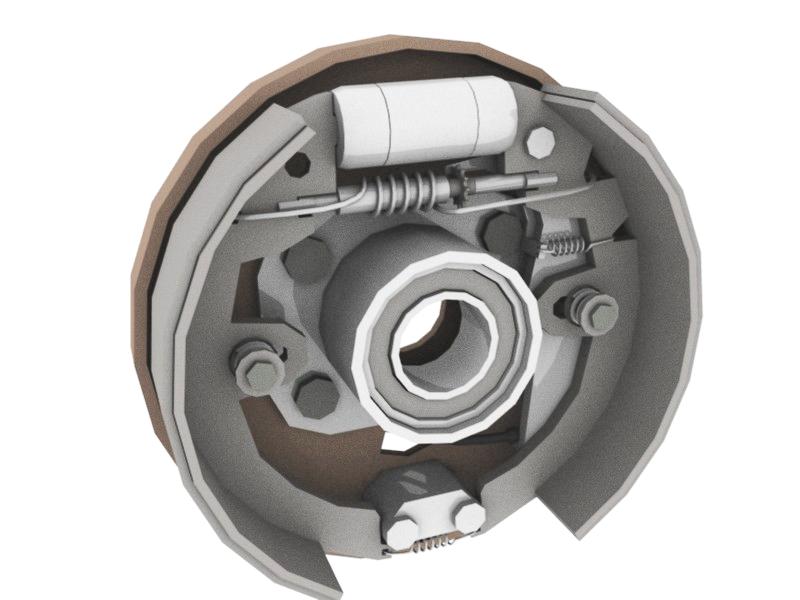

I never knew that a soft brake pedal could signify that your car’s hydraulic fluid is leaking. Making sure that your car runs properly without signs of issues is indeed important. I’ll keep these tips in mind and look for a brake repair expert when the situation calls for it in the future.